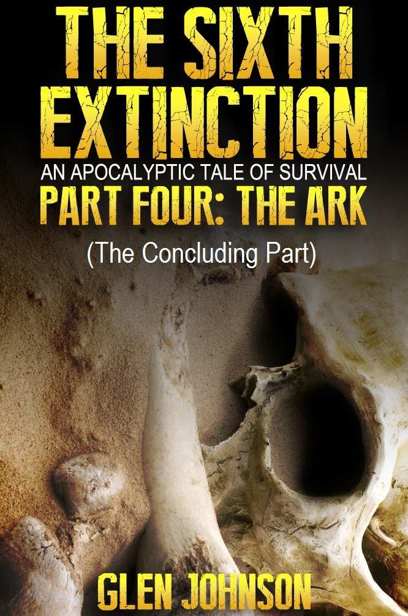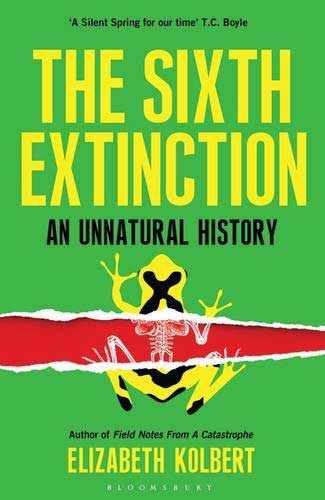

We really don’t want to get to the point where we definitively can answer that question. By the time we have definitive answers to that question, it’s possible three-quarters of all species on Earth could be gone. To be honest, that’s one of those debates where I think we’re focusing on the wrong thing. People have been debating whether we really are in the throes of a sixth mass extinction. ( Read about a study that says extinction rates are a thousand times higher because of humans.)

They don’t really think, OK, well that really is fantastically unusual. Kids who are born 10, 20 years ago-they’ve grown up their whole lives with these numbers. They’re very high figures, and people are kind of getting inured to it. And they document pretty compellingly that extinction rates were already extremely elevated in 1500, and are just getting worse and worse. They restricted themselves to vertebrates-like mammals and birds and reptiles and amphibians-and said, OK, let’s look at what is actually happening.


That study is looking at very well-studied groups of animals. Is there any chance we can put the brakes on this massive loss of life? Are humans destined to become casualties of our own environmental recklessness? The new study that's generated so much conversation estimates that as many as three-quarters of animal species could be extinct within several human lifetimes, which sounds incredibly alarming. We talked with her about what these new results might reveal for the future of life on this planet. Journalist Elizabeth Kolbert’s book The Sixth Extinction won this year’s Pulitzer Prize for general non-fiction. ( See pictures of 10 of the earth's rarest animals.) Earth’s oceans and forests host an untold number of species, many of which will probably disappear before we even get to know them. According to a study published last week in Science Advances, the current extinction rate could be more than 100 times higher than normal-and that’s only taking into account the kinds of animals we know the most about. These events are known as the Big Five mass extinctions, and all signs suggest we are now on the precipice of a sixth.Įxcept this time, we have no one but ourselves to blame. In the last half-billion years, life on Earth has been nearly wiped out five times-by such things as climate change, an intense ice age, volcanoes, and that space rock that smashed into the Gulf of Mexico 65 million years ago, obliterating the dinosaurs and a bunch of other species.


 0 kommentar(er)
0 kommentar(er)
